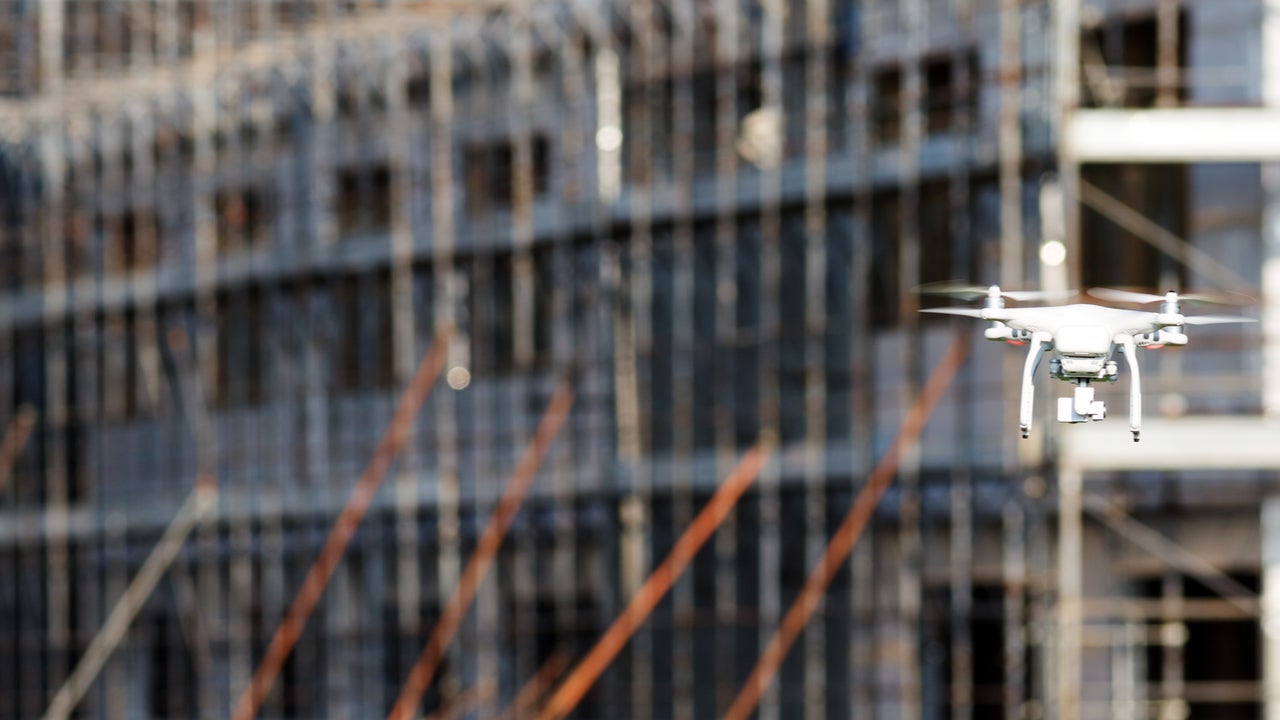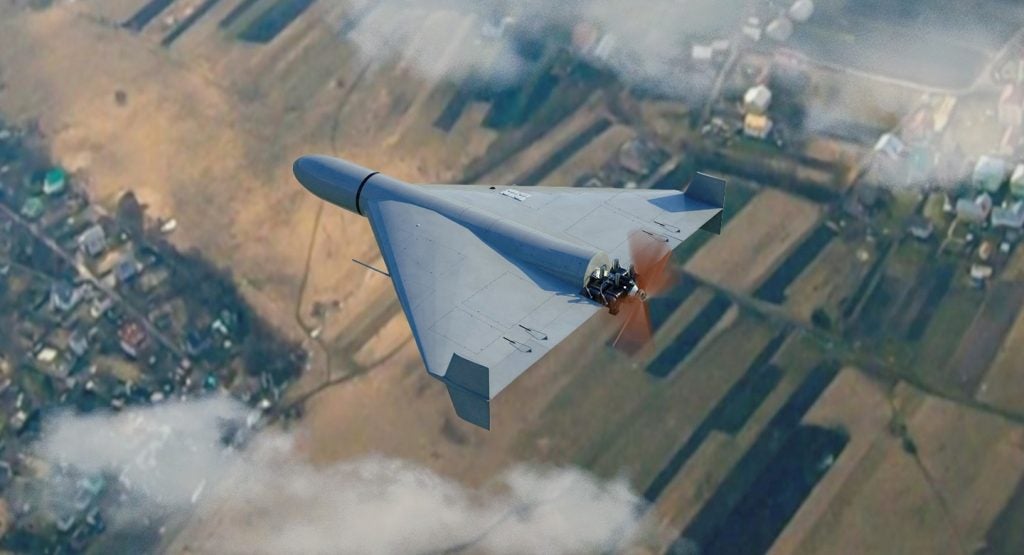The pace of development of drones continues to increase, driven by geopolitical factors such as the rise of China. The development of drone technology is strategic in its continuing struggle to assert itself as a regional hegemonic power.
Macroeconomic Trends
Listed below are the key macroeconomic trends impacting the drone industry, as identified by GlobalData.
Defence
Accounting for more than 70% of the global drone market, the government segment, comprising of military and law enforcement agencies, was the key demand generator for drones in 2018.
Primarily used to conduct intelligence, surveillance and reconnaissance (ISR) activities, military UAVs are currently being developed for a wide range of uses such as electronic attack (EA), strike missions, suppression/destruction of enemy air defences (SEAD), network nodes, communication relays, and combat search and rescue (CSAR).
Industrial prospects
Drone technology will be adopted in industrial markets in the following domains: aerial inspection and monitoring; payload delivery; media and entertainment; and security. These applications will demand the integration of technologies such as 3D, laser, acoustics, augmented reality (AR), computer vision, and cognitive tools. However, the growth of drone applications in commercial spaces will continue to be restricted by existing regulations and public concerns around safety, security, and privacy.
Industries set to exploit drones and associated technologies within the next 12 to 24 months include construction and real estate, oil and gas, mining, power and utilities, agriculture, and media and entertainment.
How well do you really know your competitors?
Access the most comprehensive Company Profiles on the market, powered by GlobalData. Save hours of research. Gain competitive edge.

Thank you!
Your download email will arrive shortly
Not ready to buy yet? Download a free sample
We are confident about the unique quality of our Company Profiles. However, we want you to make the most beneficial decision for your business, so we offer a free sample that you can download by submitting the below form
By GlobalDataSurging competition
The global drones market is exceptionally competitive, with varied solutions and services being offered by numerous companies. Although full-scale application of drones in commercial airspaces is restricted by regulatory frameworks and lack of effective traffic management systems, the potential market valuation from recreation and business operations is attracting companies from all ICT fields.
Collaboration
Drone manufacturers, component suppliers, software integrators, and prospective enterprise users all share a vested interest in collaboration in order to promote the adoption of drone technology. The commercial deployment of drones beyond pilot studies and proof-of-concept projects is held back by the sluggish pace at which regulations are being defined and adapted.
This creates a common cause for multiple organisations to work together to influence the pace and direction of public policy with respect to drone technology.
In the US, under the leadership of NASA, technology leaders such as Verizon, Google, Amazon, and Harris are working on a $2.8bn unmanned aircraft system traffic management (UTM) project intending to harmonise drone traffic in US airspaces, to enable commercial application of drones in the country.
Beyond visual line of sight drones (BVLOS)
In order to be truly effective, drones must be capable of operating at long distances from the controller. The ability to operate BVLOS is currently the most demanding challenge faced by commercial drone applications worldwide.
Under its ongoing UTM programme, NASA is endeavouring to develop an efficient “detect and avoid” solution for drones, which will take advantage of onboard sensors and computers to safely avoid nearby traffic.
BVLOS operations are gradually gaining ground, with regulatory authorities granting approval in special use cases, albeit most often for experimental purposes at this point in time.
Rise of China
China is currently the dominant country in the commercial drone market and is set to play a key role in reforming the industrial trends and regulations in the coming years.
The country is continuously investing in the development of drone capabilities for both military and commercial applications. Its latest development – Caihong 5 (CH-5) Rainbow – is being compared to the US Reaper and Israeli Heron TP, which are recognised to be the most advanced strike-capable military drones currently in service worldwide.
In terms of overall military UAV exports, China lags behind the US and Israel in the ISR segment. However, in the strike capable drone segment, China has steadily surpassed its peers over the past few years. Chinese drones are also significantly less expensive than their US and Israeli counterparts, enabling China to expand in countries with limited military budgets.
In the non-military segment, Chinese manufacturers account for approximately 80% of the market. China has delivered faster development of superior drones for enterprise applications. Major Chinese firms dominating the global civilian drones segment include DJI, Yuneec, and Autel Robotics. American firms such as 3D Robotics, Lily, GoPro and others have been severely hit by Chinese competition. To maintain their market share in Western countries, Chinese firms are rapidly investing in technologies which are set to drive regulatory reforms for drone applications in commercial airspaces.
With respect to R&D, the country is also exploring the relaxation of its domestic airspace restrictions. According to the Chinese Ministry of Industry and Information Technology (MIIT), the Chinese domestic drones market is set to be valued at 180 billion yuan ($25bn) by 2025.
This is an edited extract from the Drones in Aerospace and Defense – Thematic Research report produced by GlobalData Thematic Research.










Related Company Profiles
Amazon.com Inc
VERIZON UK LTD
ISR Ltd
DJI Holdings PLC
UTM LTD